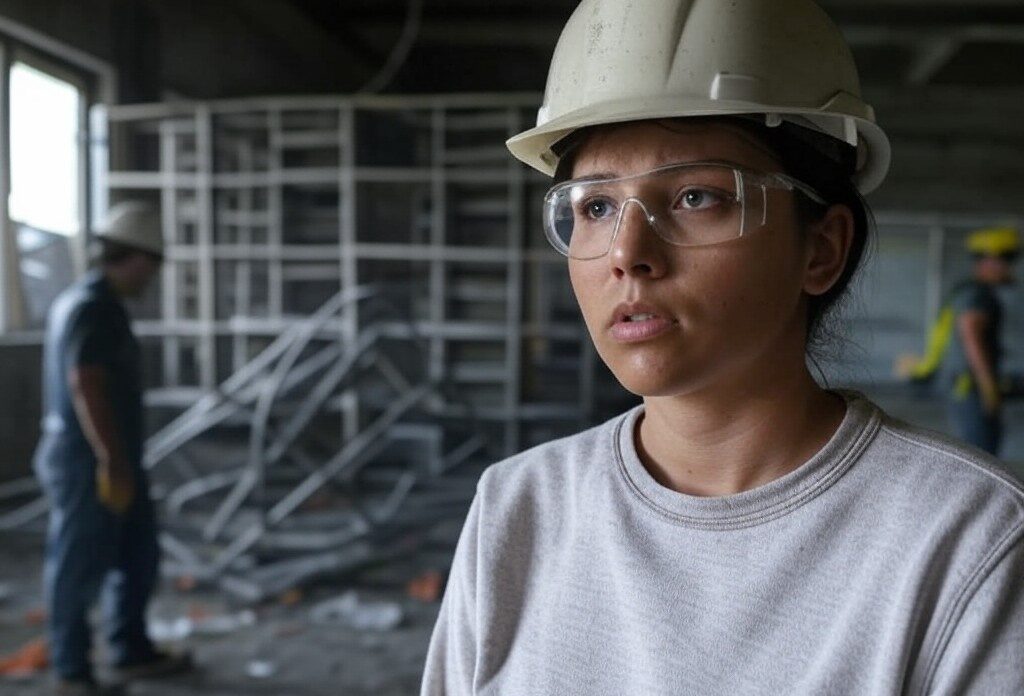In the UK, businesses are legally required to provide their employees with a safe working environment. The term ‘safe’ doesn’t just apply to acute physical hazards, like falling objects, but also to chronic, gradual ones, like poor posture at an office workstation. Psychological hazards, like chronic stress, might also be accounted for.
By creating safe work environments, businesses can not only stay on the right side of the law. They can also enjoy enormous productivity benefits, as well as lower staff turnover. But exactly how can such an environment be developed? Let’s take a look.
Conduct Comprehensive Risk Assessments
In order to solve a problem, you first need an idea of what it looks like. When it comes to workplace safety, a risk assessment is an obvious place to start. This is a formal process for observing and documenting potential sources of risk, and recommending action to minimise that risk. This might mean looking at the state of equipment and the safety of working practices.
Assessments should be conducted at regular intervals. Each one should measure whether the recommendations of the last assessment have been successfully implemented. The only exceptions occur when an accident has occurred, whose causes need to be addressed urgently.
Implement Effective Safety Training Programs
The most effective pieces of safety equipment in any given workplace are the brains of the people who work there. The human brain, given the right training, can spot potential hazards and eliminate them quickly. But the quality and quantity of this training are vital. It should ideally be tailored to specific roles. This way, you’ll get the maximum possible return from every minute you invest in training.
Promote a Culture of Safety and Reporting
The culture in your workplace will help to shape the behaviour of the people who operate within it. Consequently, investing time in shaping the culture will provide a significant reward. Insist upon certain standards of behaviour when it comes to safety. For example, you might require that everyone working on a construction site at night wear a high-vis jacket, or that those working with heavy machinery carry out frequent inspections of the equipment. Heavy machinery accidents should be reported in a log.
Where workers feel that they can report potential hazards without fear of reprisals, they’re more likely to do so. Encouraging open communication can therefore help to drive down risk for everyone.
Ensure Compliance with Current Legislation
The world of health and safety legislation is constantly evolving, in order to lift standards and account for new threats. Compliance means regularly reviewing your practices, ideally with the help of a consultant. Where new policies are issued, they should be accompanied by clear guidance that helps employees live up to the standards expected of them, without the stress that comes with uncertainty.
Address Mental Health and Wellbeing
As we’ve mentioned, workplace safety is about more than just eliminating physical risk. Where the mental wellbeing of an employee is considered, and measures are put in place to manage stress proactively, the workplace as a whole tends to enjoy higher productivity and lower staff turnover.







